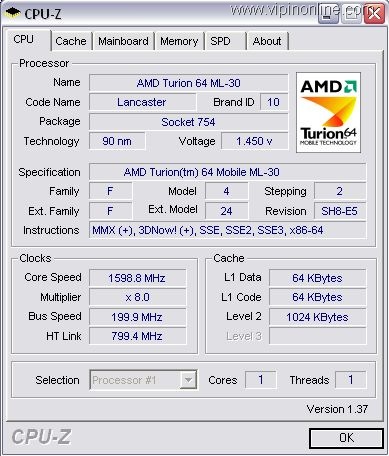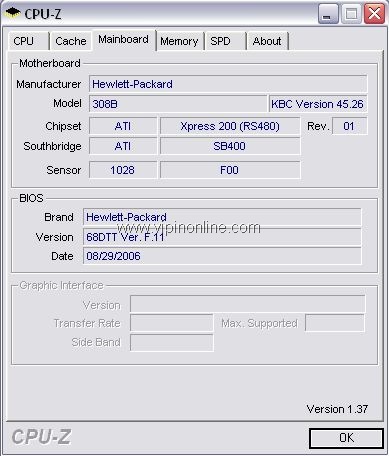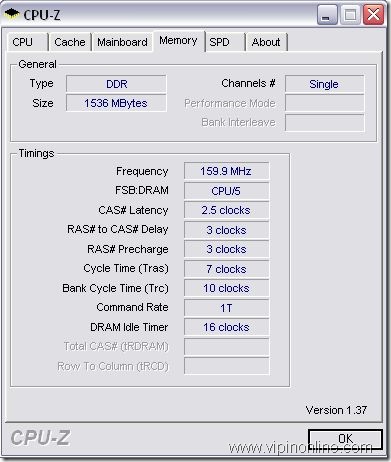Belarc Advisor: Powerful and easy-to-use personal PC auditing tool
Belarc Advisor scans our system and gives a detailed profile of our installed software and hardware in form of an HTML report that we can view in our browser.In my previous post CPU-Z gave details about CPU, Mainboard and Memory.Inaddition to this Belarc Advisor also shows us the hard-disk manufacturer, chassis serial number, PC service tag, bus type and speed, multimedia devices,Bus Adapters…the list goes on and on.

It will also find details about our Windows installation, including the security hotfixes we have installed and which are missing, a list of all user accounts on our PC and a lot more. The information includes Local Drive Volumes, RAM Modules, Printer information, Licenses Keys of Installed software, Multimedia information and a lot more. The report generated in HTML can be saved for later use or re-generated as needed.It is a comprehensive report about our hardware and software components. The Belarc Advisor builds a detailed profile of our installed software and hardware, missing Microsoft hotfixes, anti-virus status, CIS benchmarks, and displays the results in our Web browser. All of our PC profile information is kept private on our PC and is not sent to any web server.
The most remarkable feature is in the “Software Versions” section,even the system level softwares are listed.If we move mouse over * details will be listed, click on *, then the actual location of the corresponding program will be opened.
Download Belarc Advisor from here
Possibly Related Posts:
- How to find ideal position for better network coverage of your Android Mobile phone?
- Free tool to scan WiFi network in your area, and find odd ones
- Speed up your Windows system with Autoruns, a free utility
- Free IP Scanner: IP scanner and port scanner
- Track activities on Windows system with LastActivityView


